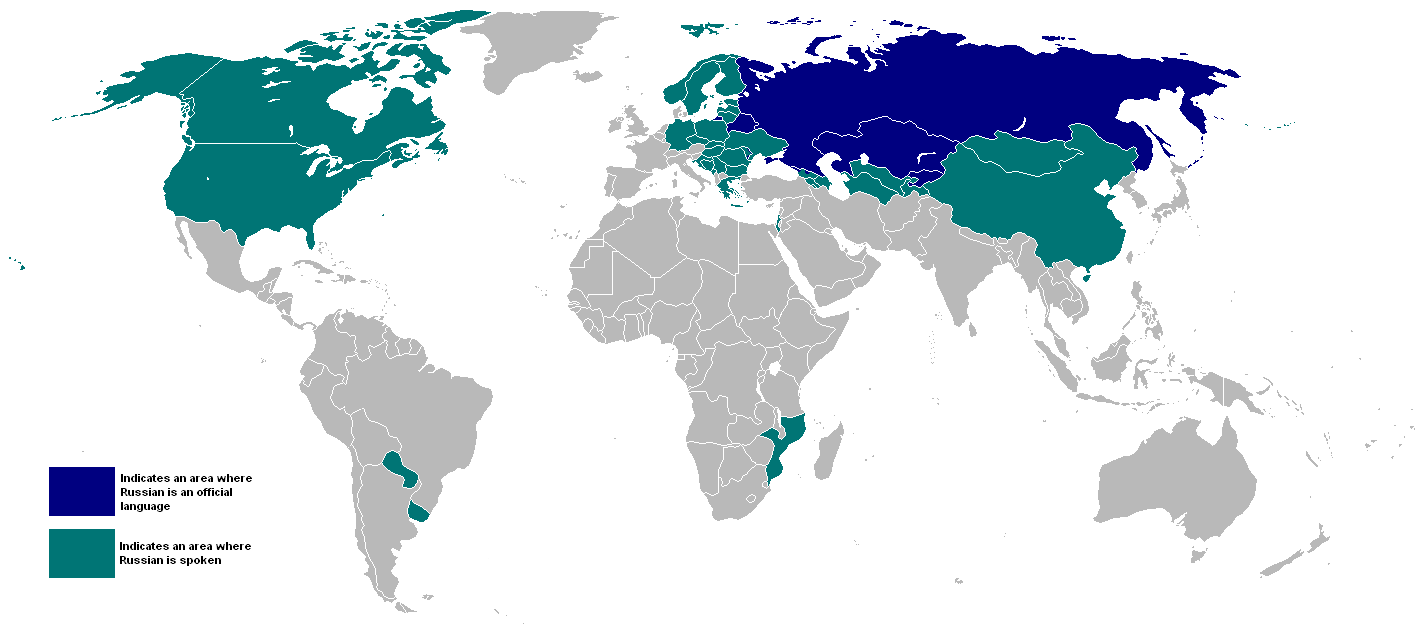Baltic languages: Baltic languages, group of Indo-European languages that includes modern Latvian and Lithuanian, spoken on the eastern shores of the Baltic Sea, and the extinct Old Prussian, Yotvingian, Curonian, Selonian, and Semigallian languages.

Slavic languages: Slavic languages, group of Indo-European languages spoken in most of eastern Europe, much of the Balkans, parts of …
Words from Slavic Languages. Many people in Eastern Europe and Asia speak a Slavic language such as Czech, Ukrainian, Croatian, or Bulgarian. And that’s completely apart from Russian, a Slavic language spoken by more than 200 million people!

Understanding the Difference Between Ukrainian and Russian Languages. Even though they may sound rather similar, there is a huge difference between Ukrainian and Russian languages.
I cannot forecast to you the action of Russia. It is a riddle, wrapped in a mystery, inside an enigma; but perhaps there is a key. That key is Russian national interest.
Slavic languages are spoken by more than 300 million people mostly in Eastern Europe and Asia (Siberia). All Slavic languages are believed to have descended from a common ancestor called Proto-Slavic, which, in turn, is thought to have split off from Proto-Indo-European possibly as early as 2,000


Classification. Russian is an East Slavic language of the wider Indo-European family.It is a lineal [citation needed] descendant of the language used in Kievan Rus’, a loose conglomerate of East Slavic tribes from the late 9th to the mid 13th centuries.

Political map of Europe with countries where a Slavic language is a national language marked in shades of green. Wood green represents East Slavic languages, pale green represents West Slavic languages, and sea green represents South Slavic languages.
Political map of Europe with countries where a Slavic language is a national language marked in shades of green. Wood green represents East Slavic languages, pale green represents West Slavic languages, and sea green represents South Slavic languages.
Many Languages, Many Options. At Pitt, many languages are taught through dedicated departments—Classics (Ancient Greek, Latin, Sanskrit), East Asian Languages and Literatures, French and Italian Languages and Literatures, German, Hispanic Languages and Literatures, Jewish Studies (Hebrew), and Slavic Languages and …




